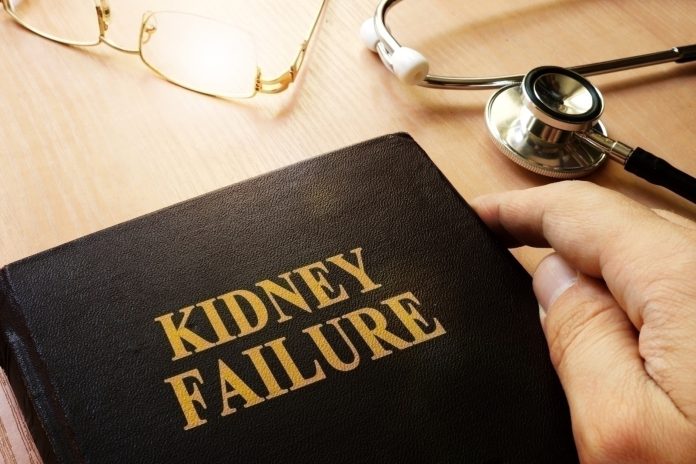Kidney disease, particularly chronic kidney disease (CKD), is a condition that many people live with every day. Understanding the stages of CKD, from stage 2 kidney disease to stage 4 kidney disease, is crucial in managing the condition effectively. This includes recognizing the signs of renal disease, the progression towards renal kidney failure, and the specific symptoms and challenges of chronic kidney disease stage 3. This article aims to provide an in-depth look at these stages, offering valuable insights for those dealing with CKD.
1. Stage 2 kidney disease: the early stage
At this stage, the kidneys are still functioning reasonably well, but some damage is starting to occur. This might include smaller amounts of protein leaking into the urine or slight physical damage to the kidneys. It’s also possible to have some symptoms, like fatigue or changes in urination, but they’re often overlooked or attributed to other causes.
2. Chronic kidney disease stage 3: the middle stage
Stage 3 is divided into two parts: 3A and 3B. In stage 3A, kidney function is moderately reduced, and in stage 3B, it’s significantly reduced. Symptoms may become more noticeable at this stage, including swelling in the hands and feet, back pain, and changes in the color of the urine. Regular check-ups are crucial at this stage to monitor kidney function and manage symptoms.
3. Stage 4 kidney disease: the advanced stage
In stage 4, the kidneys are severely damaged and can’t remove waste and extra fluid from the body effectively. Symptoms may include nausea, vomiting, taste changes, and trouble sleeping. It’s also common to develop complications like high blood pressure, anemia, and bone disease. At this stage, preparations for kidney replacement therapy or dialysis often begin.
4. Renal disease: the umbrella term
Renal disease is a broad term that encompasses all forms of kidney disease, including chronic and acute conditions. It’s essential to understand that while all kidney diseases can lead to renal failure, not all renal diseases are chronic. Some can be acute, happening suddenly and often reversible with prompt treatment.
5. Renal kidney failure: the final stage
Renal kidney failure, also known as end-stage renal disease (ESRD), is the final stage of chronic kidney disease. At this point, the kidneys are functioning at less than 10-15% of their normal capacity. Symptoms are severe, and dialysis or a kidney transplant is necessary to survive.
Understanding the stages of chronic kidney disease is key to managing the condition and maintaining the best possible quality of life. By recognizing the symptoms and challenges at each stage, from stage 2 to renal kidney failure, individuals can take proactive steps towards managing their health and seeking appropriate medical care.


